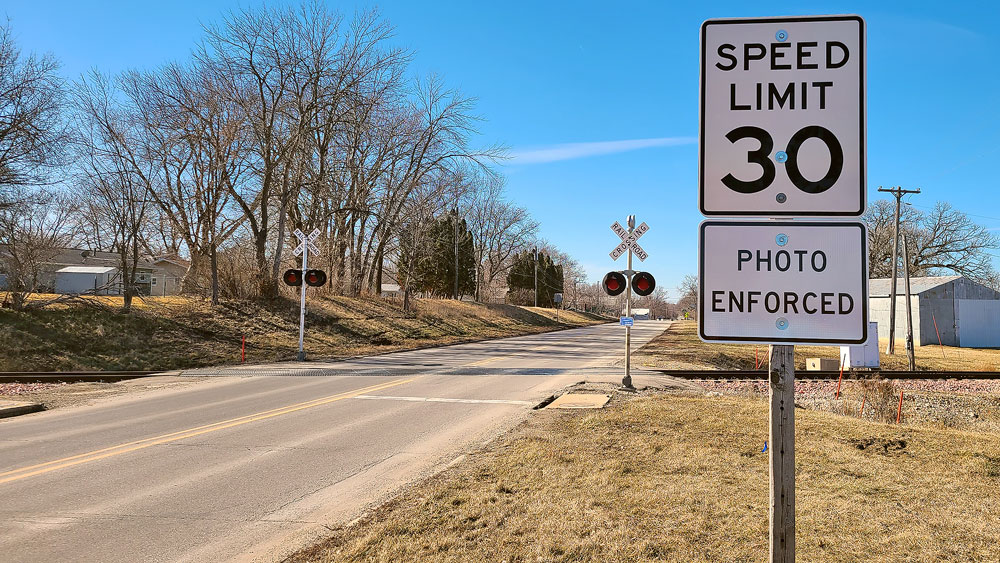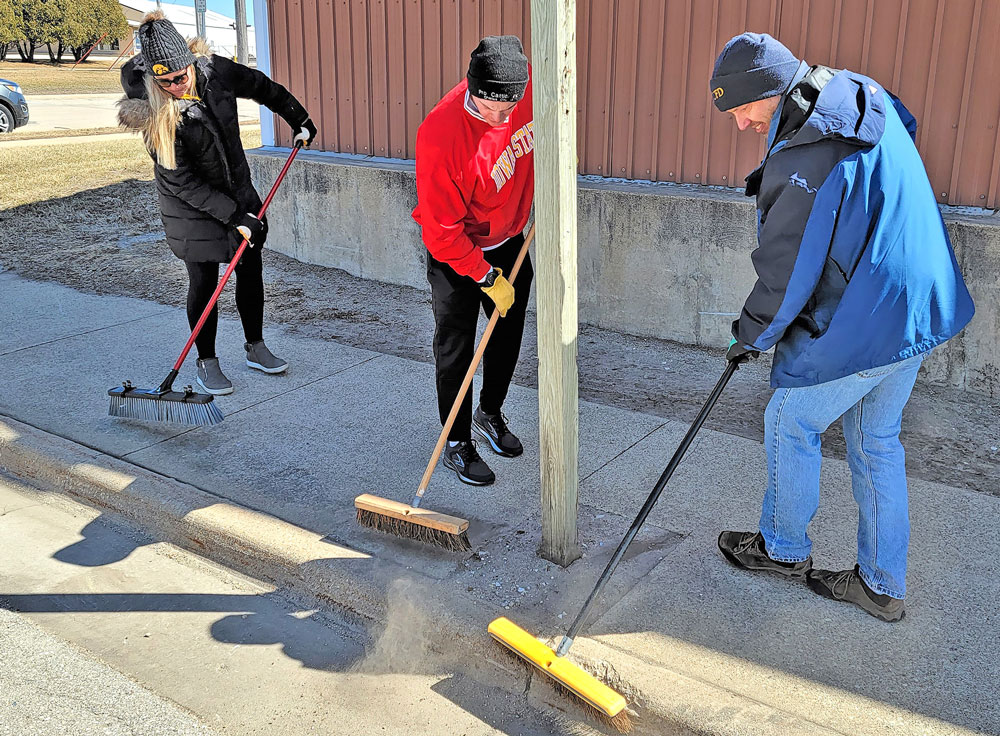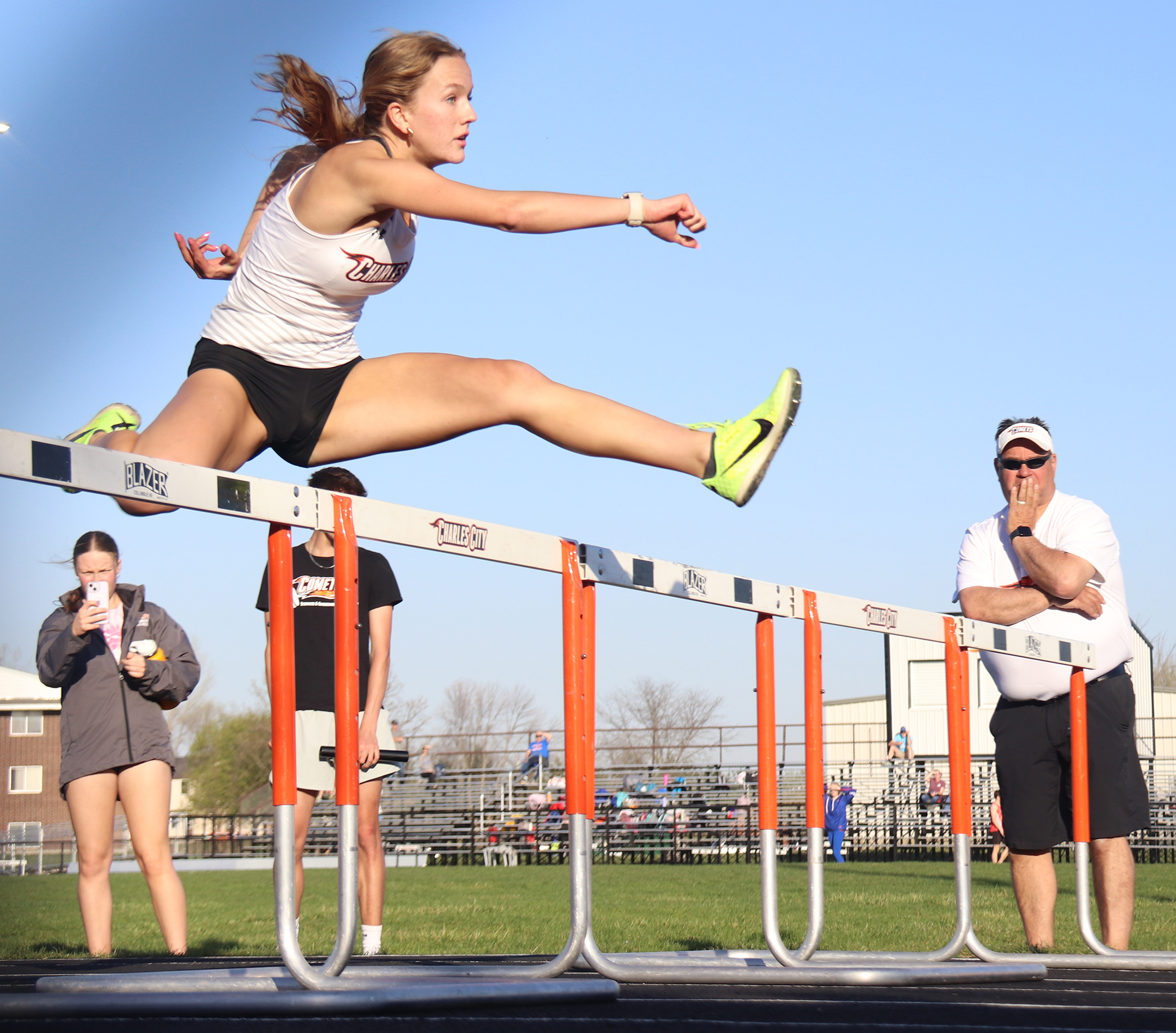Five ways to stay safe on a kayak

By Thomas Nelson, tnelson@charlescitypress.com
With Charles City’s White Water Weekend, and its proximity to the Cedar River, water time enjoyment has become part of the city’s culture.
Staying safe on that water is important.
“I’d rather be safer than sorry,” said Hannah Childs, a kayaking enthusiast who participated in the Charles City Whitewater Challenge and won several first place awards.
Childs spoke with the Press about being safe on the water and in a kayak, and offered some tips for safe playing.
1. File a float plan
— “Basically letting someone know where your going, how long you expect to be on the water and what time you expect to return,” Childs said. “You leave that information with somebody.”
That way if you get lost, hurt or worse someone can know generally where you are, Childs said. They can then call search and rescue if necessary.
Childs will let her mother know where she’s going and when to expect her back.
2. Research/know your water
— Are you on a lake or river? What is the difference between the two? These are questions you should be asking yourself before you go in the water.
“Know where you’re going on the river,” Childs said.
Know what obstacles might be in your way while traveling, Childs said.
Finding out what the water levels are and knowing the etiquette of your particular body of water can help you and those around enjoy their time on the water.
3. Get your gear
— Do you have a life jacket? How about a helmet? You should because those things can help you float and prevent you from smacking your head against rocks that you might not see in the water. ”
“Wear your life jacket,” Childs said. “It doesn’t do much good if it’s in the boat or strapped to it, if you’re not actually wearing it.”
Helmets and life jackets can make the difference between life and death.
“Another thing people might not think of is, don’t wear strappy shoes because they can get caught on rocks or your boat,” Childs said. “Wear form fitting water shoes.”
There are specific kayaking water shoes that can be bought, Childs said.
It is also important to practice with that same gear that you have, Childs said.
4. Swim safe
— Knowing how to swim is important, but knowing how to swim in whitewater is equally important.
“Another huge things is knowing how to swim in whitewater,” Childs said. “A moving current makes a big difference.”
In the event that a boat capsizes or if you’re in the mood to swim down rapids, there are several different swimming positions.
“Defensive, which is on your back, feet pointed down stream, head pointed up stream so you’re floating over stuff,” Childs said. “If you hit something, you’re going to hit it with your butt or your back, which is protected by the lifejacket.”
The other option is the aggressive swimming position.
“Is basically a front crawl, you turn over and you swim aggressively to get somewhere right now,” Childs said.
All of those positions include having a life jacket on.
Another tip from Childs, that seems like common sense, is to not swim through things head first.
“You never know what’s there,” Childs said.
5. Move in packs
— “Find a paddling group with people that you trust,” Childs said. “You can paddle with people better than you so you can learn.”
Paddling with people that will stay with you and also care about your well being is important, in case of an accident, Childs said.
A group of friends is the best choice, Childs said.








Social Share